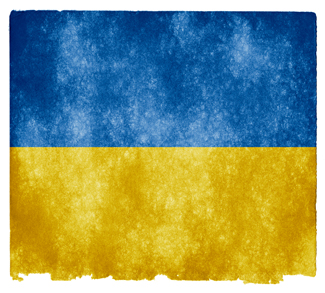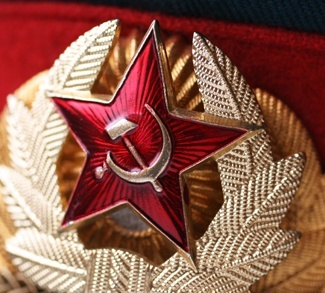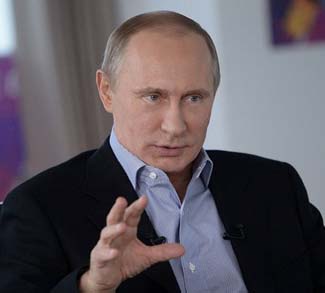There are a few hints of Russia’s plans in the recent storming of several government buildings in eastern Ukraine. Men wearing the uniforms of the disbanded Berkut riot police have occupied the Donetsk police headquarters, and similar occupations have been recorded in government buildings in Drushkovka, Snezhnoe, Kramatorsk, Lugansk, Gorlovka, Konstantinovka, and Slavyansk. Shots were fired in the taking of offices in Kramatorsk and Slavyansk, and at least one member of the Ukrainian security forces was killed in the latter incident.
Firsthand descriptions of the pro-Russian forces seizing government buildings in eastern Ukraine differ, but most seem to suggest indirect Russian support at the very least. Some partisans have been seen in camouflaged uniforms, armed with what appear to be Russia military-issue AK-47s. The arrival of these mystery soldiers mixed in with well-armed pro-Russian locals suggests a chain of events similar to those leading up to the annexation of Crimea.
Though accounts of Russian involvement in developments on the ground may differ, Moscow’s diplomatic maneuvers are a lot more transparent. By warning Kiev off any military intervention ahead of four-party talks in Geneva this week, Moscow is essentially encouraging the further deterioration of an already explosive situation. Putin is doubtlessly aware that the authorities in Kiev have already tried everything from promises of more political autonomy to assurances that armed gunman would not be arrested if they left peacefully. Force is the only option Kiev has left.
Russian posturing is motivated by one of two things. Either Putin seeks to annex the eastern parts of Ukraine and is contriving the necessary pretense to do so, or he is engaging in brinkmanship to secure a better political deal for Ukraine’s eastern regions (likely in the form of greater devolution of powers), and to prove once more that Russia is too important on the international stage for the West to risk isolating.
Yet even if Putin is going the route of calculated brinkmanship, it’s likely that events will quickly spin out of control and precipitate the first scenario: Russia’s annexation of eastern Ukraine. Or even worse, a civil war. The government in Kiev has a rotted-out foundation, both economically and politically, and it lacks the legitimacy required to use violence against its subjects in the east – no matter how treasonous their actions may be. Without decisive action from Kiev, the protest movement in the east will continue to spread.
Given the high levels of local support for Moscow, it would take Russia publicly disavowing its commitment to the Russian-speaking people of eastern Ukraine for the spiral of instability to grind to a halt. This is not going to happen. Thus, the question becomes: which outside actor is best equipped to bring the situation under control.
The answer is Russia, and this a fact that is surely not lost on President Putin.
All eyes are on Ukraine in the coming weeks, for we will potentially see a repeat of the Crimea annexation under the pretense of re-establishing stability/protecting Russian-speaking people. And though such a move would be welcomed by some portions of the local population, it would come with a set of new political, economic, and military challenges that would make Moscow’s Crimean adventure seem like a cakewalk in comparison.




